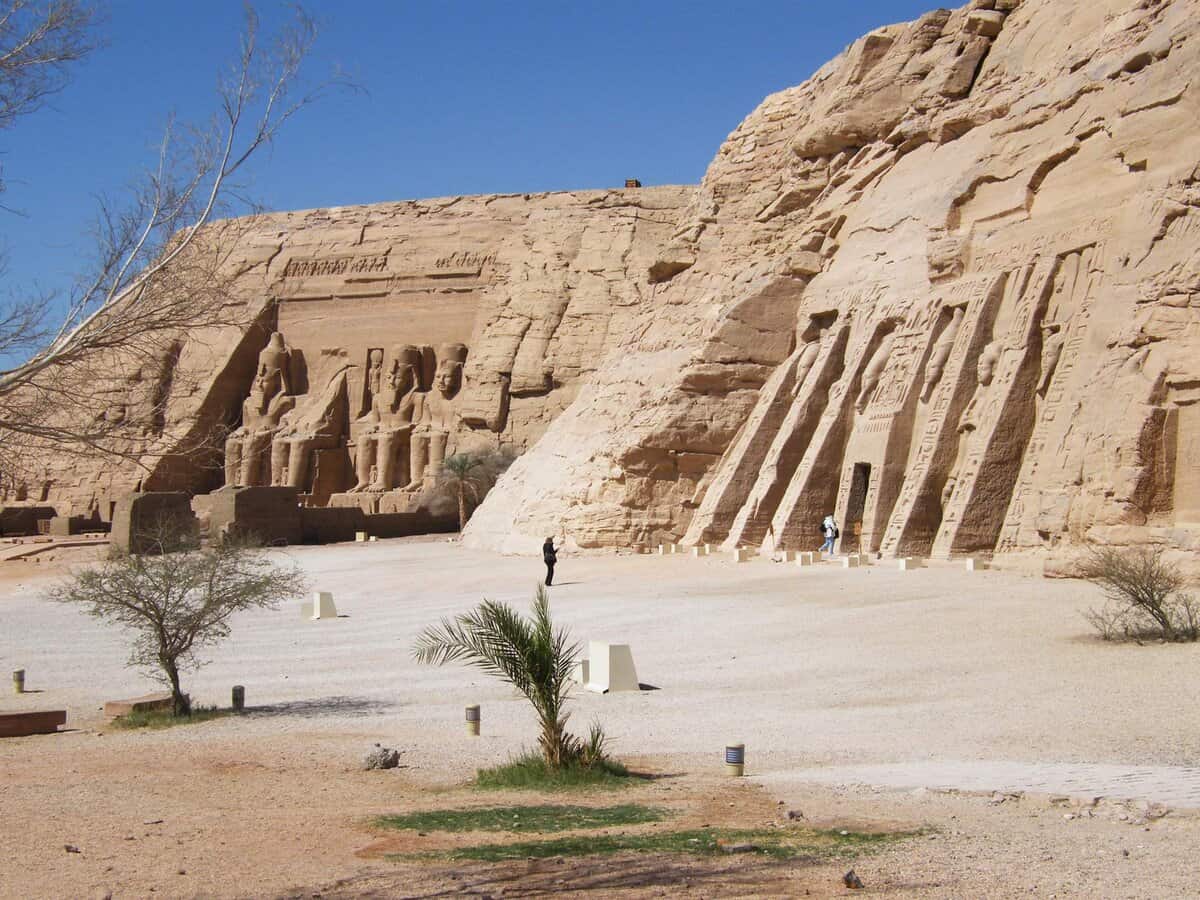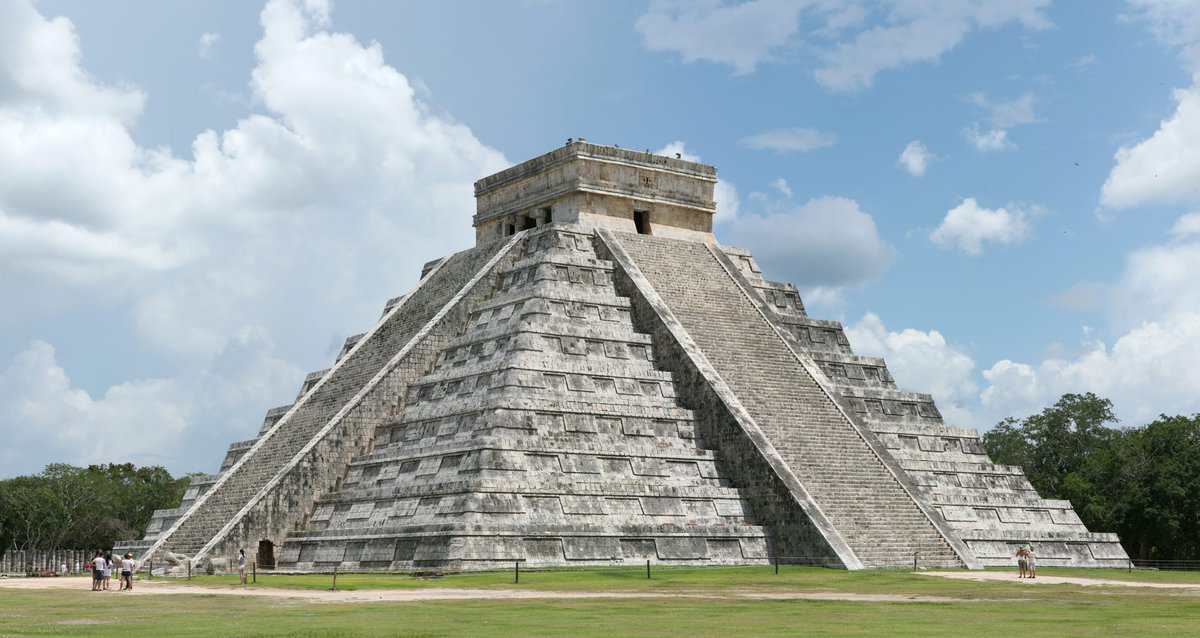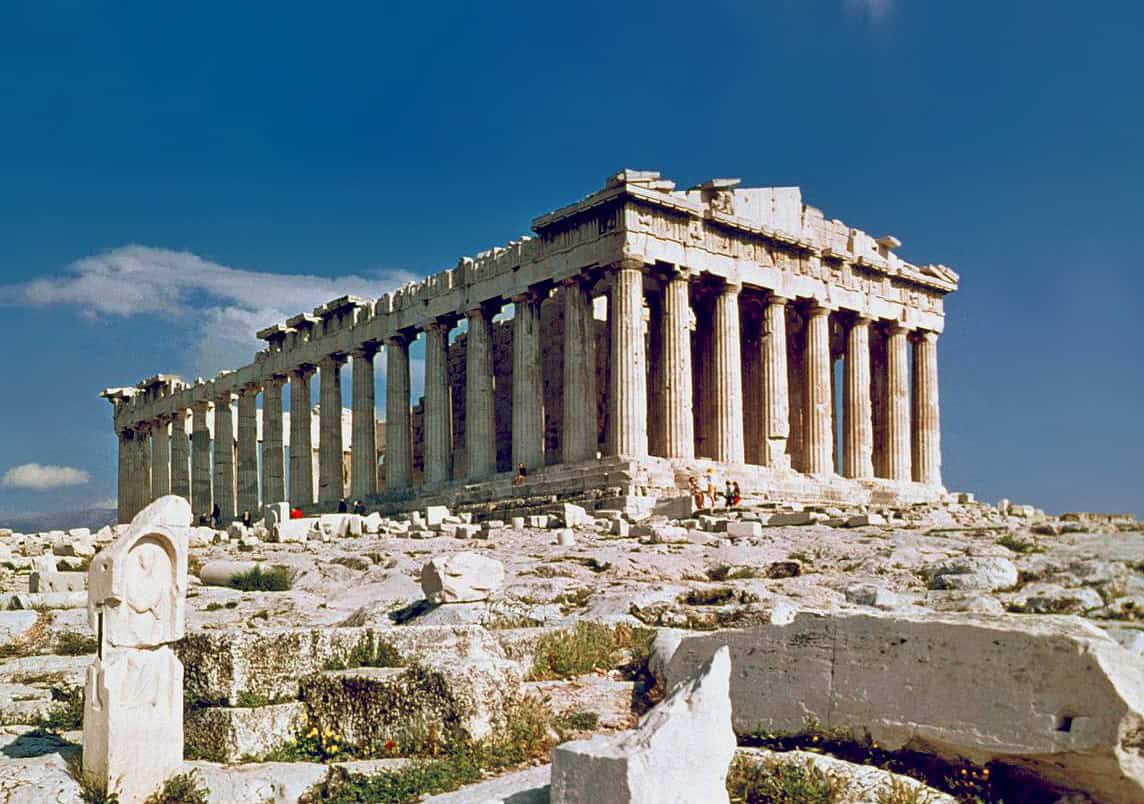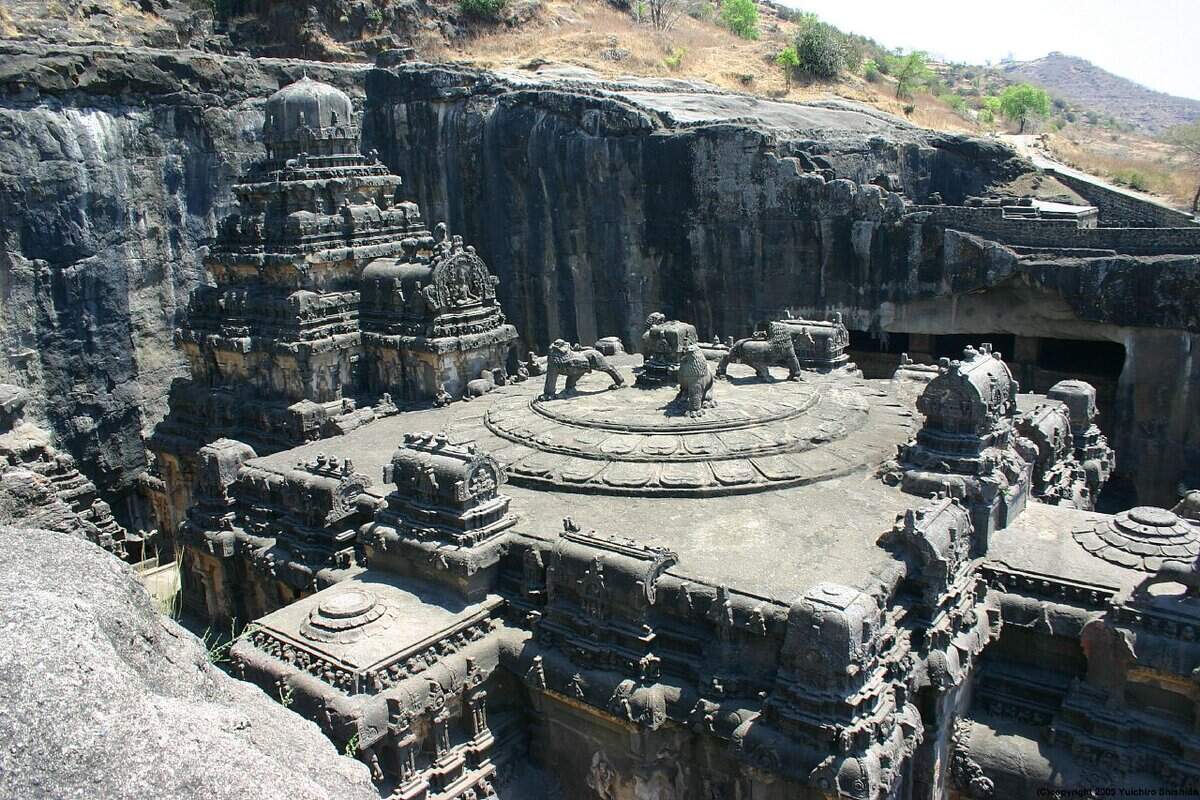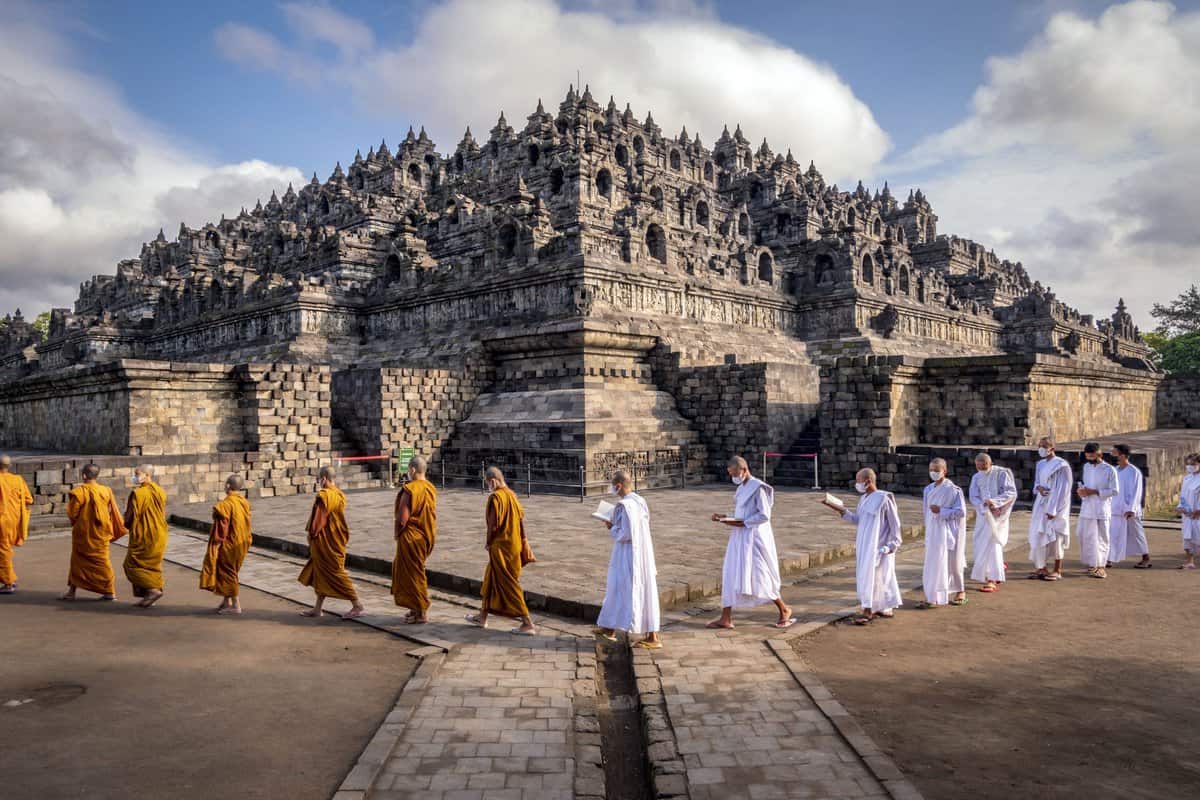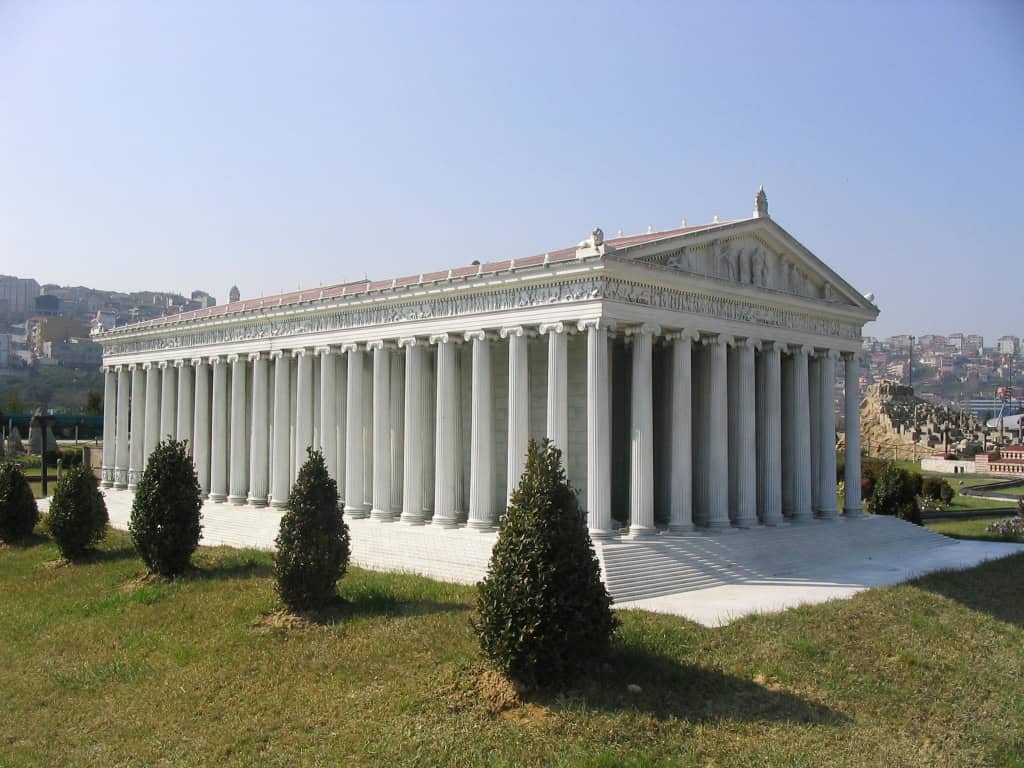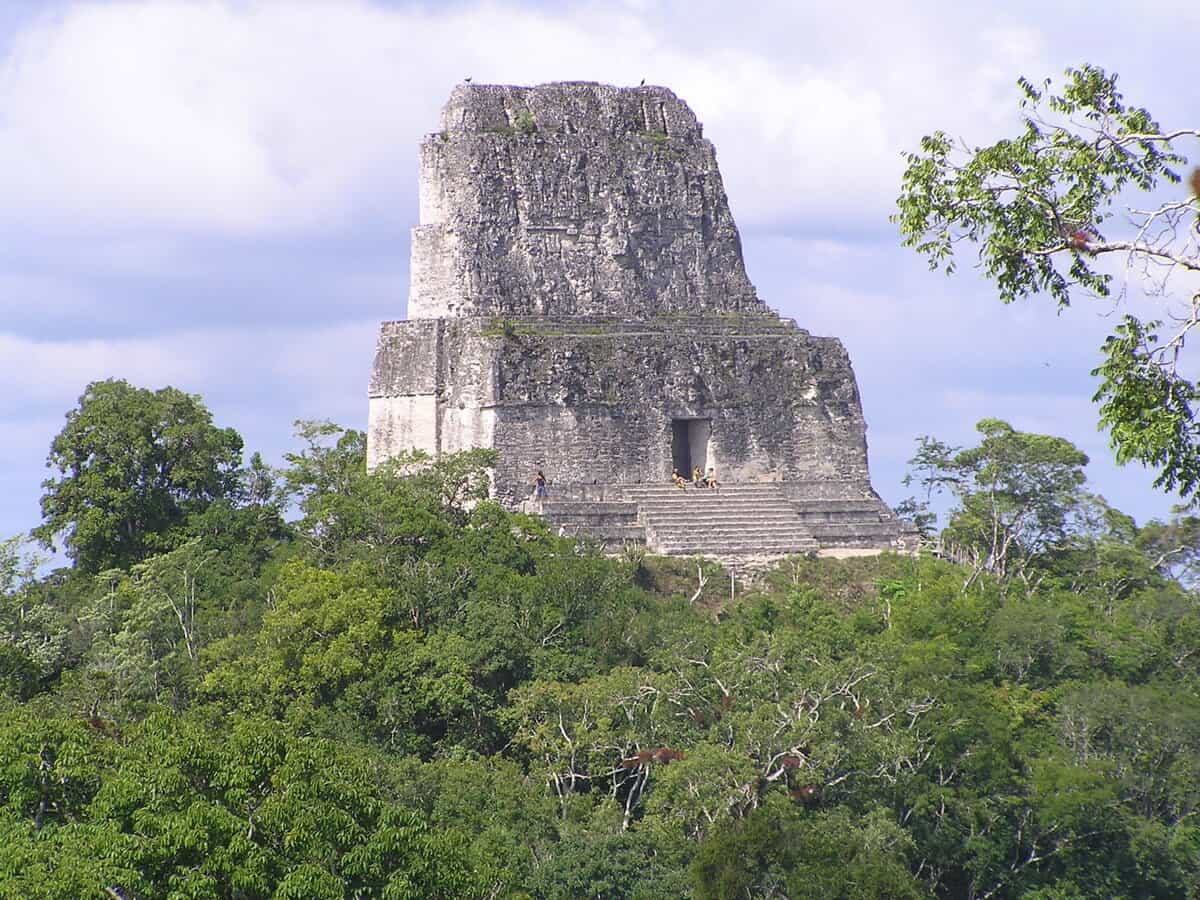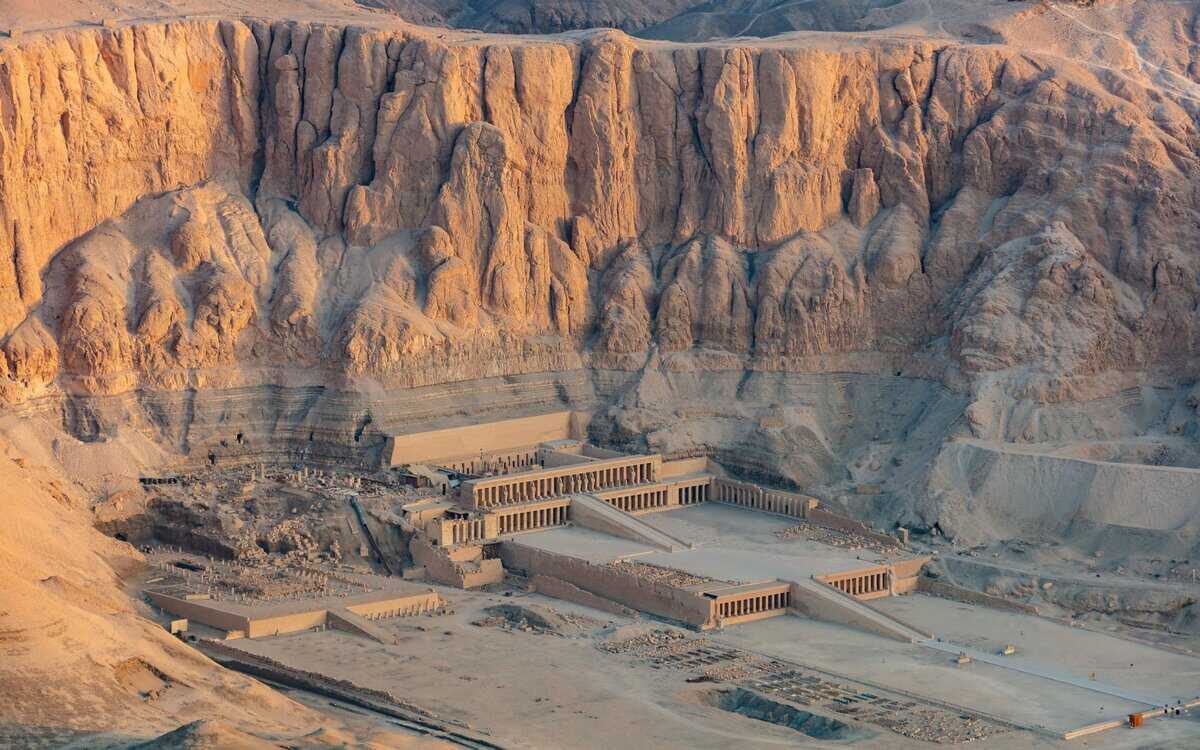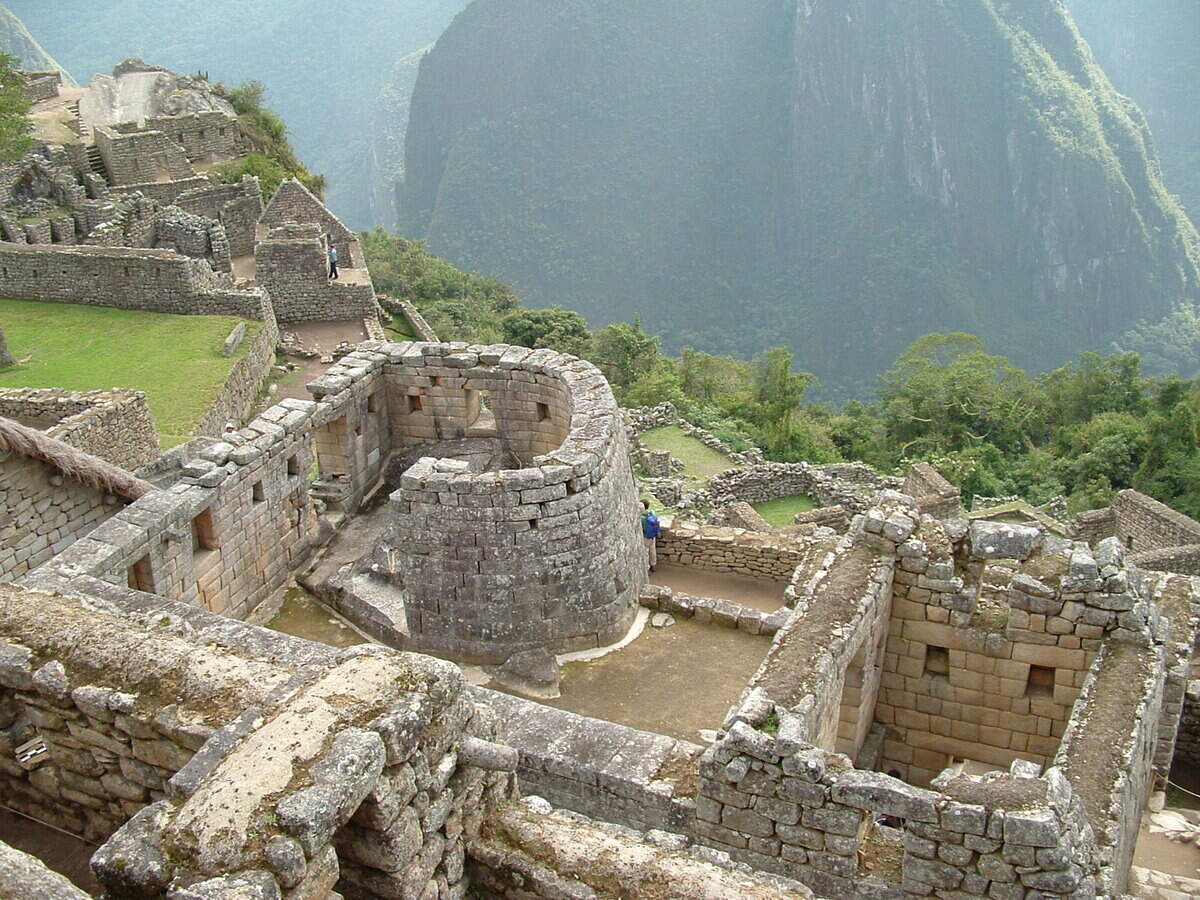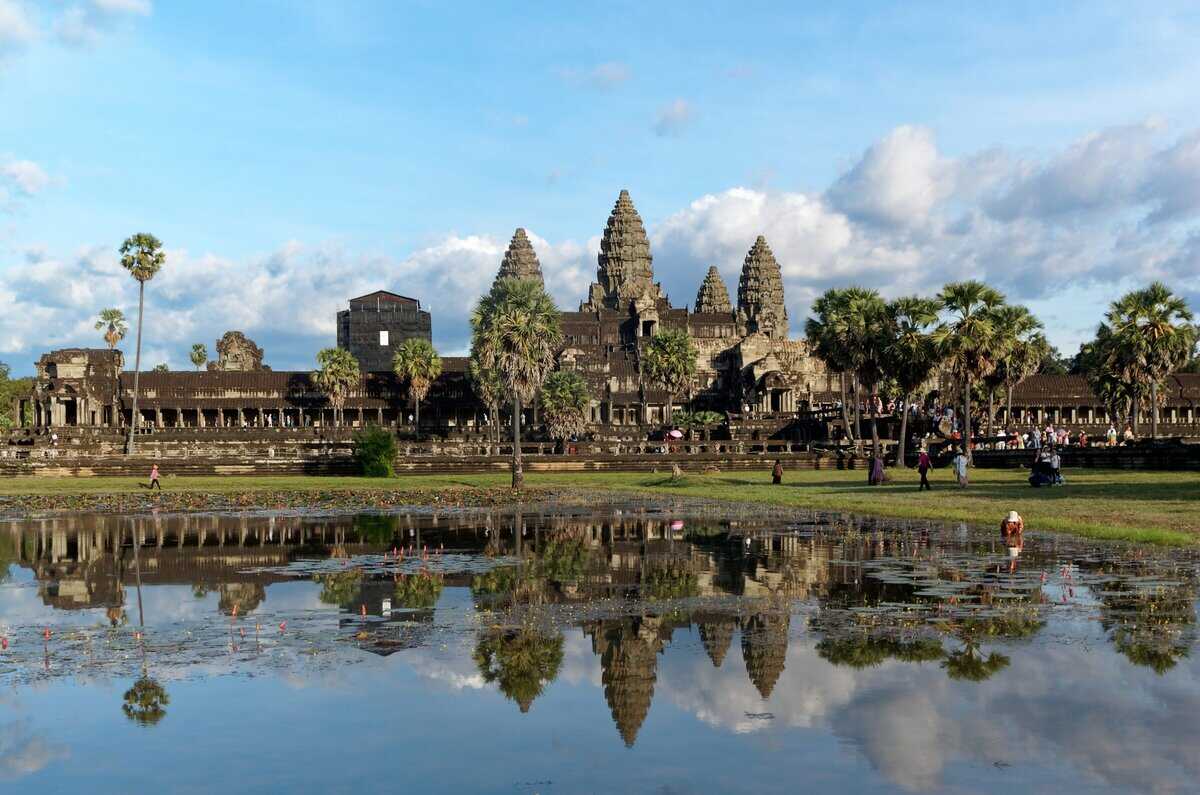Since ancient times, temples have been more than just places of worship. Many were believed to be gateways where the human world touched something higher.
These sacred structures were built with perfect alignment to stars, crafted with rituals whispered by priests, and cloaked in legends that claimed they allowed mortals to speak to gods or even cross into other realms.
Whether seen as stairways to the heavens or entrances to hidden divine worlds, these ten temples were believed to hold portals that bridged Earth and the divine.
1. Temple of Abu Simbel, Egypt
Carved into a mountainside in honor of Pharaoh Ramses II, the Temple of Abu Simbel is more than just a monument to power.
Twice a year, on specific dates believed to mark Ramses’s birthday and coronation, sunlight travels through the temple’s dark corridors to illuminate only three statues inside the sanctuary.
One figure always left in shadow is Ptah, the god of the underworld. Ancient Egyptians believed this alignment was a sign that the gods themselves opened a passage of divine light, allowing Ramses to commune with them.
The temple became known as a bridge between the pharaoh’s earthly rule and his godlike destiny.
2. Chichen Itza’s El Castillo, Mexico
The Mayan pyramid of El Castillo is known for its hypnotic shadow serpent that appears during the spring and autumn equinoxes.
The serpent seems to slither down the pyramid’s steps before merging with the stone serpent heads at the base.
The Maya believed these days marked the opening of portals when Kukulkan, the feathered serpent god, descended from the heavens.
Priests used this time to perform rituals, believing the pyramid served as a cosmic axis linking the sky, earth, and underworld.
For many, this temple functioned as an actual doorway through which gods arrived to inspect their people.
3. The Parthenon, Greece
Dedicated to Athena, the Parthenon was believed to be more than a temple. Ancient Greeks thought the site marked a place where Athena herself descended to bless the city.
The temple’s proportions align with mathematical precision, echoing the divine balance believed to exist in the realm of the gods.
The Parthenon was considered a place where the veil between mortals and the Olympian realm thinned, especially during festivals when statues of Athena were paraded inside.
Worshippers believed that by stepping into the temple, they entered a sacred space where Athena could hear them directly through an unseen spiritual channel.
4. Kailasa Temple at Ellora, India
Carved from a single piece of rock, the Kailasa Temple is one of the most mysterious structures in India. Dedicated to Lord Shiva, it was believed to be a direct manifestation of divine will.
Legends say that Lord Shiva himself revealed the temple’s design in a dream and guided its construction through spiritual instruction.
Pilgrims believed the sanctum at the heart of the temple was a swirling doorway through which Shiva’s presence entered the world during meditation and chants.
The vertical architecture symbolized a descent from heaven to earth, making the temple a physical staircase of divine energy.
5. Borobudur, Indonesia
Shaped like a giant mandala, Borobudur is a Buddhist temple believed to map the journey of the soul from the mortal world to enlightenment.
Pilgrims walk clockwise through its levels, each representing a different stage of consciousness. At the top sits a silent stupa, said to mark the spiritual portal to Nirvana.
Ancient monks believed that chanting at sunrise could open this invisible doorway, allowing one’s spirit to momentarily touch the realm of enlightened beings known as Buddhas.
The temple became known as a cosmic gateway where meditation could open pathways to higher dimensions.
6. Temple of Artemis at Ephesus, Turkey
One of the Seven Wonders of the Ancient World, the Temple of Artemis was believed to sit on a place where cosmic energy converged.
The cult of Artemis claimed that the goddess herself occasionally passed through the temple’s inner chamber at night, leaving behind signs like unexplained lights or animal sounds.
Pilgrims believed that if they stood within the sacred geometry of the temple during certain rituals, a spiritual portal would open, allowing Artemis to grant visions or prophetic dreams.
Some legends suggest that priests secretly guarded a hidden chamber believed to be a doorway to her celestial domain.
7. Tikal Temple IV, Guatemala
Towering above the Guatemalan jungle, Tikal Temple IV was believed to be a watchtower to the gods.
The ancient Maya considered the summit of the temple a place where priests could ascend into the sky during rituals.
According to legends, during powerful ceremonies involving bloodletting and incense burning, the boundary between the earthly realm and the gods’ world dissolved.
Priests standing atop the temple would appear surrounded by mist and smoke, believed to be a visual sign of a portal opening.
The temple was seen not only as a physical structure but as a technological pathway to speak with sky deities.
8. Temple of Hatshepsut, Egypt
Built into the cliffs of Deir el-Bahari, this temple was believed to mark a sacred intersection where the sun god Amun-Ra descended daily.
Queen Hatshepsut declared herself the daughter of Amun, and her temple was designed as a platform where divine and royal bloodlines crossed.
Pilgrims believed that during the Opet Festival, the temple acted as a spiritual gateway where Amun’s presence filled the chambers, and select priests claimed to feel themselves lifted into another realm.
The terraces were seen as steps leading toward the god’s domain, making it a place where royalty could commune with divine energy.
9. Machu Picchu’s Temple of the Sun, Peru
Perched high in the Andes, the Temple of the Sun in Machu Picchu was built with perfect astronomical precision.
During the solstices, sunlight entered the temple through a small window, illuminating a sacred stone believed to act as a spiritual anchor.
The Inca believed that during this moment, the sun god Inti connected with the earth through a celestial bridge.
Shamans performed ceremonies to open the spiritual channel further, calling on Inti to bless the land and its people.
The temple thus functioned as a meeting point between sun spirits and the living world.
10. Angkor Wat, Cambodia
Built to represent Mount Meru, the mythical home of the gods in Hindu cosmology, Angkor Wat was designed as a symbolic universe.
Its central tower rises like a heaven-bound pillar, believed to serve as a cosmic portal. During specific astral alignments, priests believed that the temple connected directly to the divine realm.
Some myths claim that at midnight during sacred festivals, the gods walked through unseen doorways atop the temple.
The intricate corridors were seen as paths for souls journeying toward spiritual ascension, making Angkor Wat a temple that acted as both a physical sanctuary and a celestial gateway.

私は生まれたときから、常に神との強いつながりを感じていた。作家として、また指導者として、私の使命は、人々が最も暗い時代に愛と幸福と内なる強さを見つけるのを助けることである。


